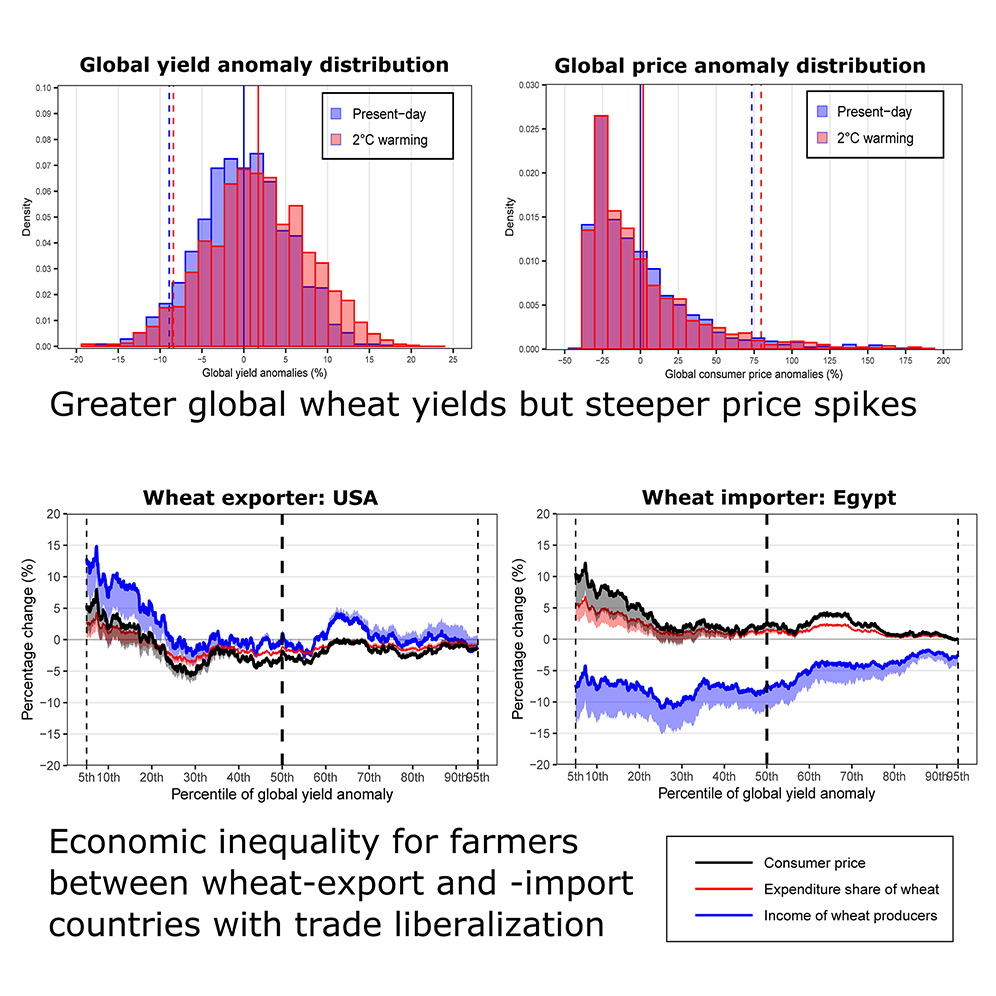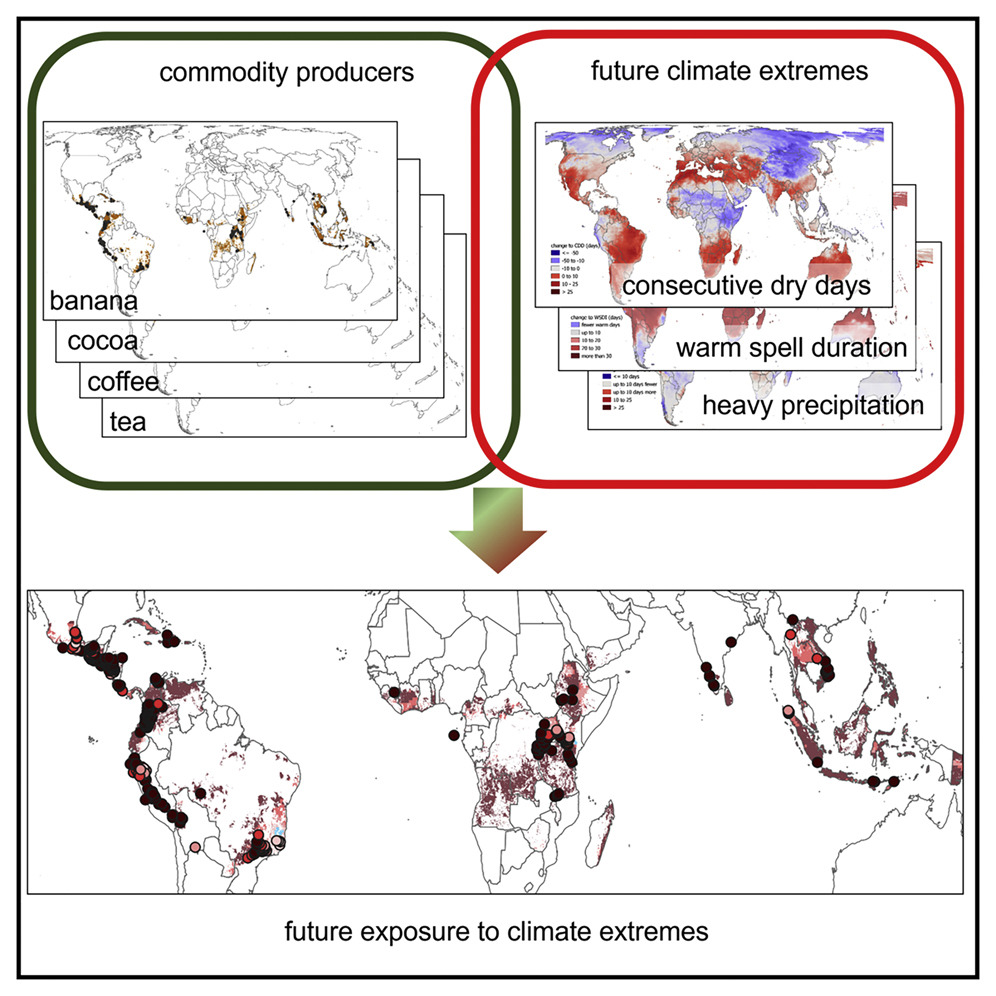Understanding which cognitive domains have the potential to change with management of depression and anxiety symptoms (or vice versa) provides important clinical information for patients with systematic lupus and their doctors.
Sex-specific immune, endocrine, vascular and transcriptional-mediated changes can affect neurovascular integrity and possibly contribute to the pathogenesis of mental disorders. Better understanding of how these adaptations can contribute to mental health status is essential.
The research demonstrates clear links between stress at distinct phases of the lifespan, changes in measures of brain microstructure, impairments in cognitive abilities and negative mental health outcomes.
The review provides an overview of the findings of genome-wide association studies for PTSD, depression and ANX - a clear genetic overlap is observed between these three diagnostic categories.
The research suggests that even though Street View and remotely sensed measures capture different aspects of greenness, these differences across exposure metrics did not translate into an association with mental health outcomes.
The findings suggest that providing characteristics of ‘nature’, ‘refuge’, and ‘prospect’ in urban green spaces (UGSs) may provide restorative effects and mental benefits to teenagers.
Blue energy recovery to increase water sustainability in wastewater treatment plants supporting SDG 6. Sustainable alternatives for water remediation in coastal wastewater treatment plants is discussed as well as the Influence of the main components and variables of a reverse electrodialysis stack.
Elsevier,
Relationship Between Microbes and the Environment for Sustainable Ecosystem Services, Volume 2: Microbial Mitigation of Waste for Sustainable Ecosystem Services, Volume 5, 1 January 2022
This chapter aligns with Goal 14: Life below water by explaining details of the various pollutants of aquatic sediments and their effects on the health of the aquatic ecosystem.
The paper shows that future global wheat prices will exhibit steeper spikes at 2°C global warming despite a 1.7% increase in production, increasing inequalities.
Analysis of how drought, heat stress, and heavy precipitation could affect over 1.6 million producers within the Fairtrade supply chain by 2050.



